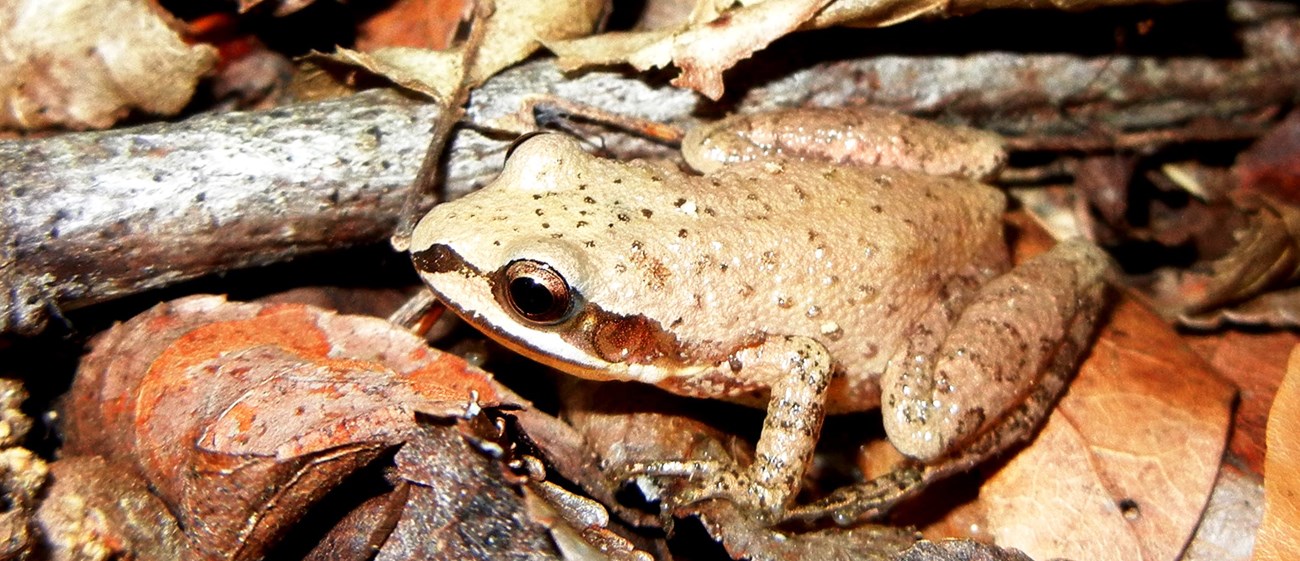
NPS Photo / Briana Smrekar
Background
The southeastern United States is home to many diverse amphibian communities. Amphibians have a very complicated life cycle which requires being in the water for the first stages of life, and on land for the adult stages. Changes in either of these habitats could negatively affect the survival or reproduction of the species. Because of their recently docummented population declines, sensitivity to destructive human activities, and their diversity in the southeastern region, the anuran (frogs and toads) species are a good indicator of larger habitat changes and ecosystem conditions.
The network will monitor the anuran community by tracking changes in the number of species in the area and how the animals are distributed. The animal’s distribution can show the network how these animals react to changes in their land, climate, water, or living condition. The network will use recordings of the amphibians, capturing vocalization of natural night time calling behavior. The network monitors in the spring to get information on both cool and warm season mating species.
Monitoring Objectives
The goal of anuran monitoring is to track which species are present in Southeast Coast Network parks, and how these species numbers and locations are changing over time.
For more information on the scientific methods used for vocal anuran community monitoring, please see the Protocol for Monitoring Vocal Anuran Communities in Southeast Coast Network Parks (Byrne et al. 2013).
For more information about Amphibian monitoring in Southeast Coast Network parks, please contact Michael Parrish.
Source: NPS DataStore Collection 3912. To search for additional information, visit the NPS DataStore.
Web Articles
Last updated: May 1, 2024
